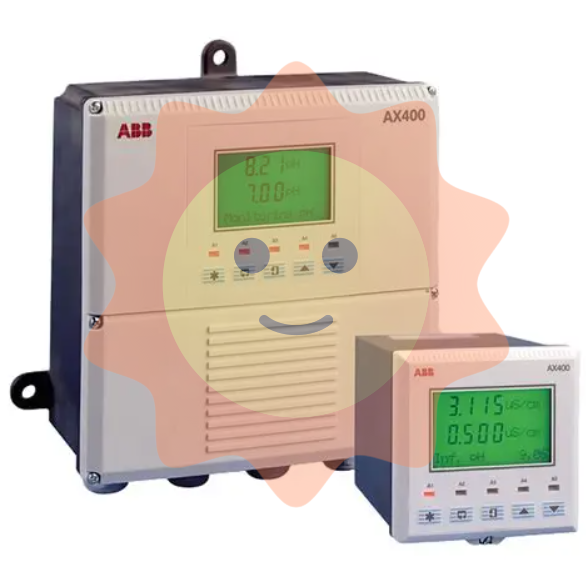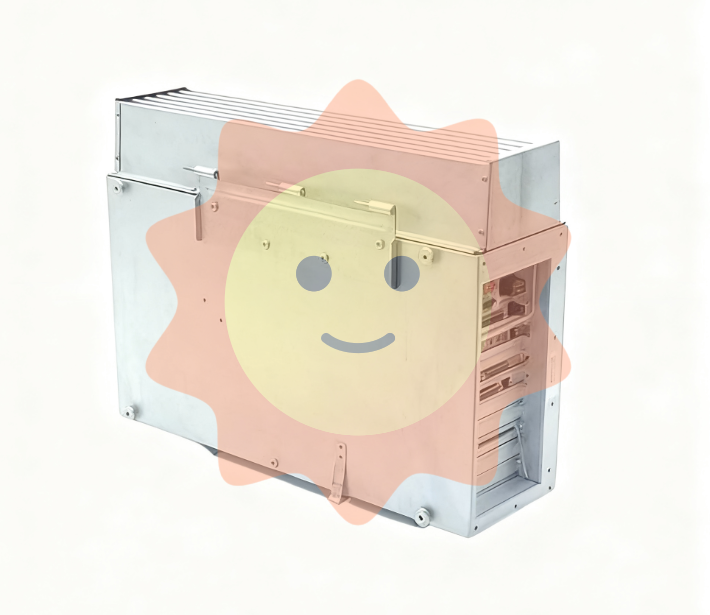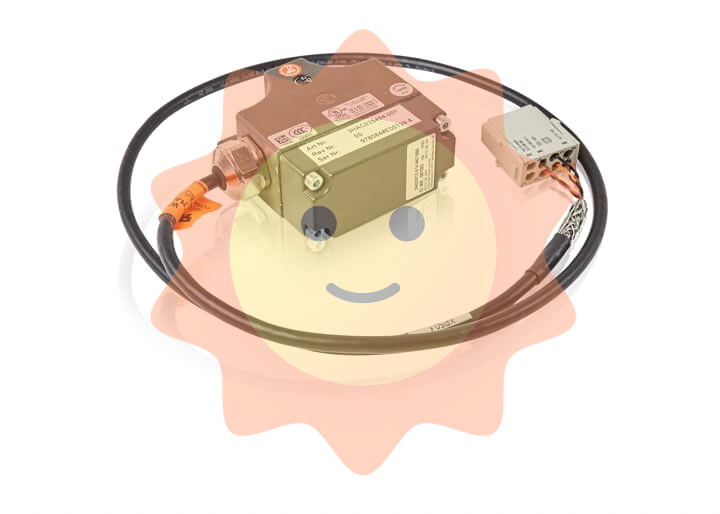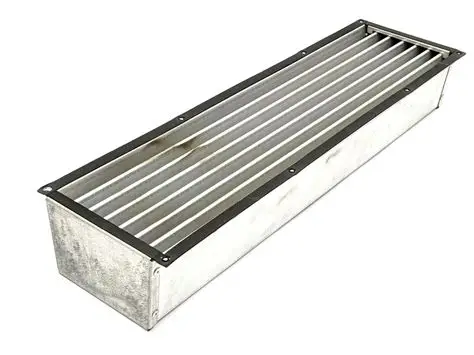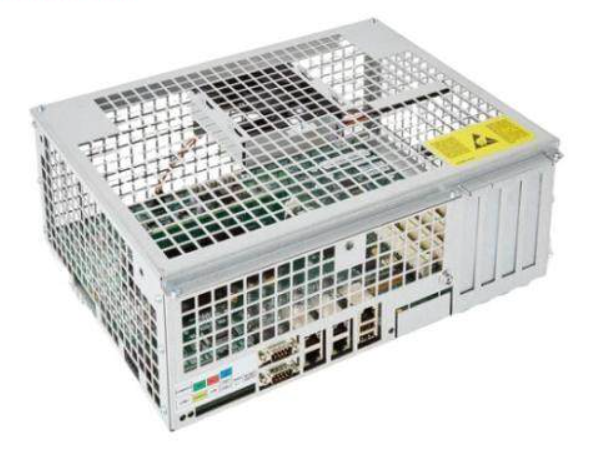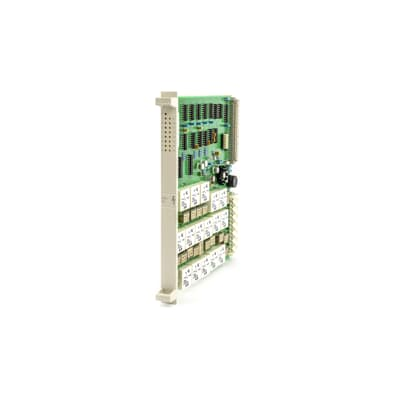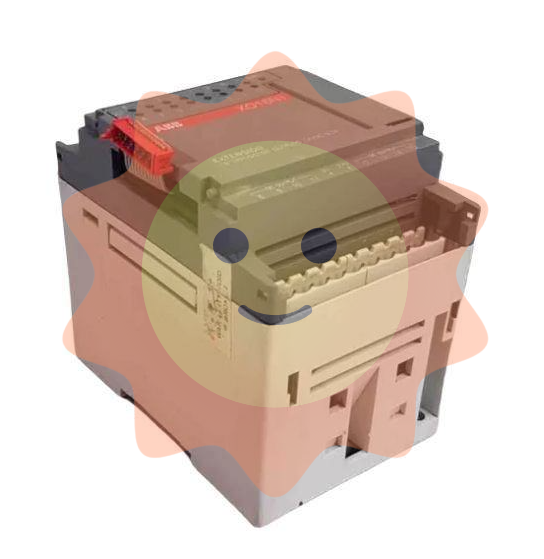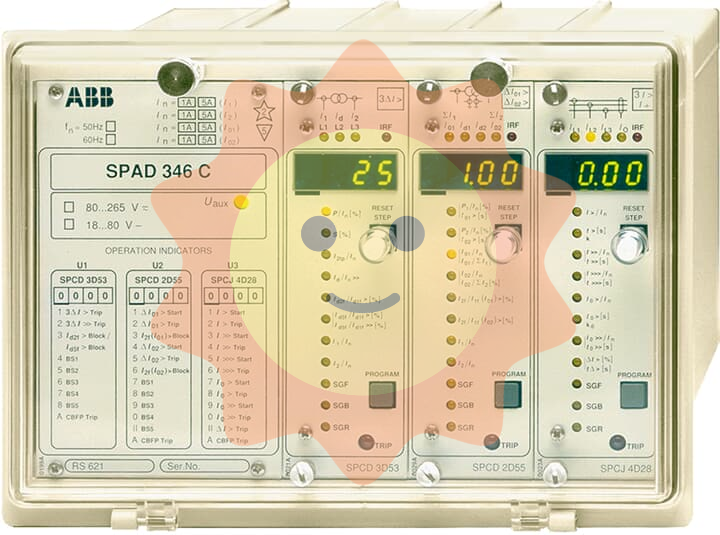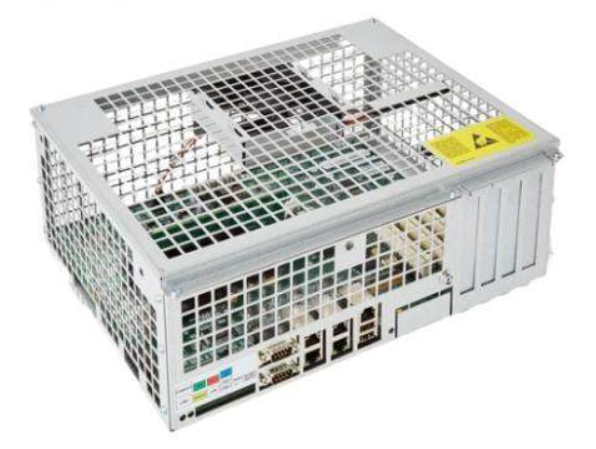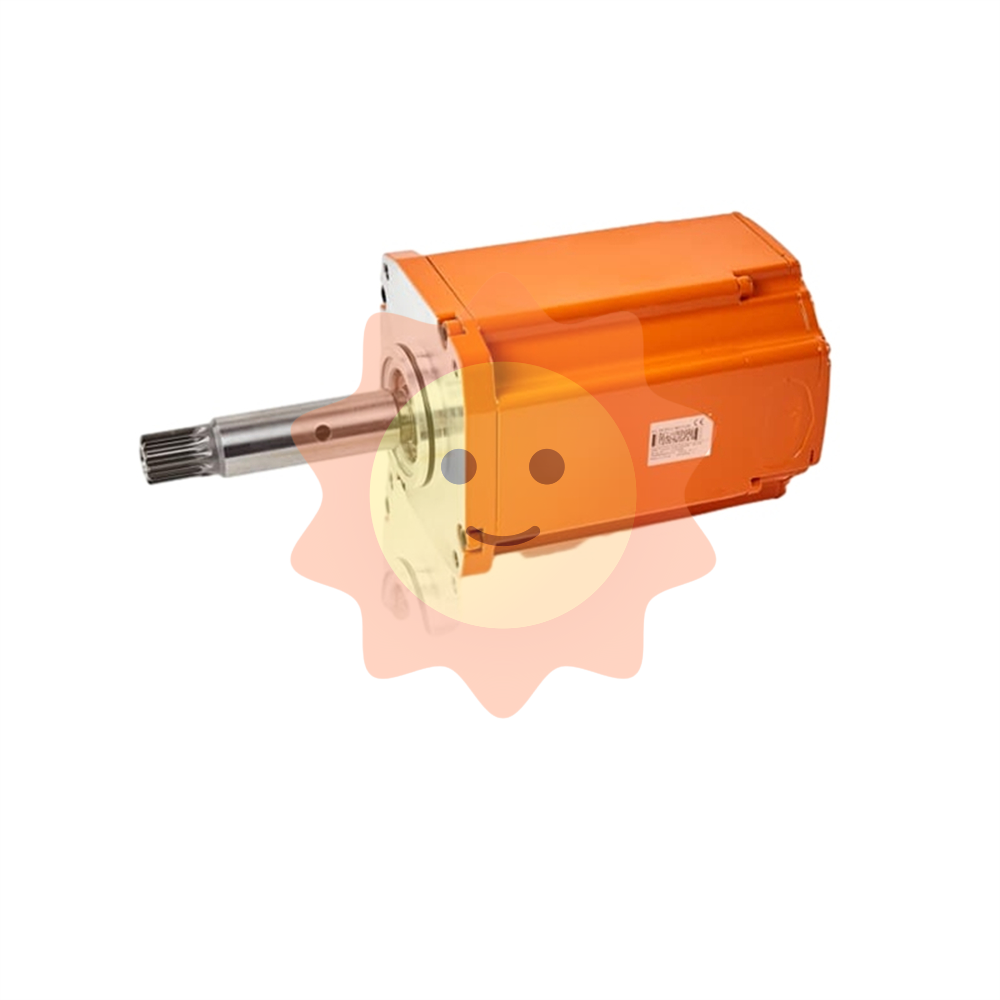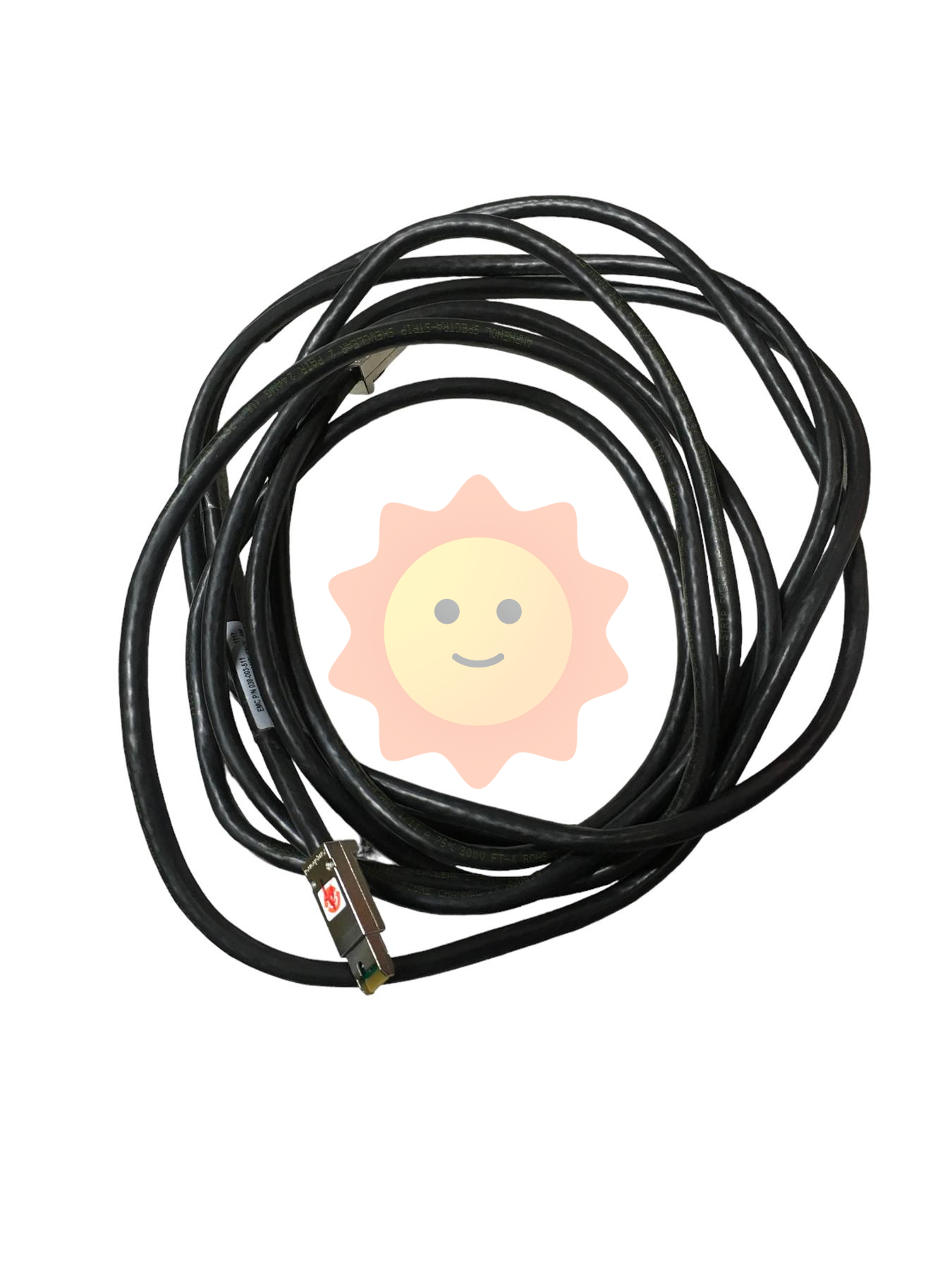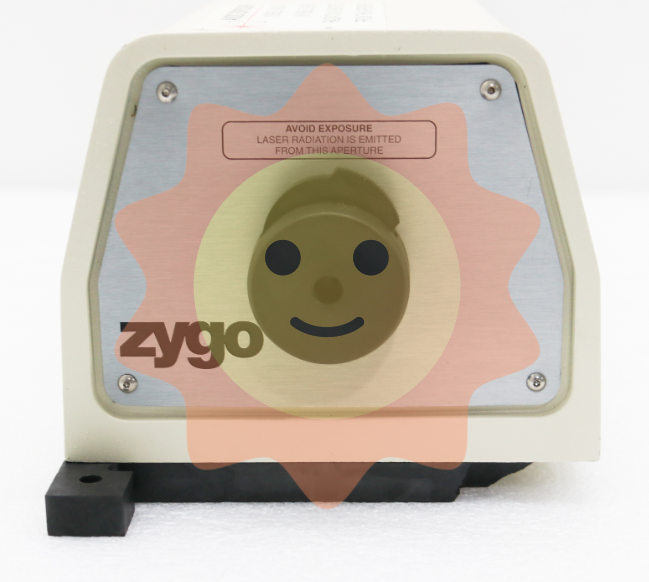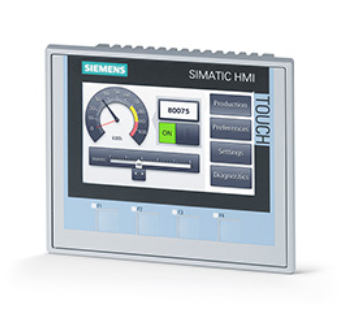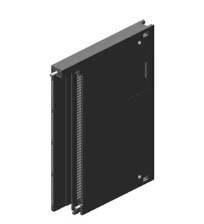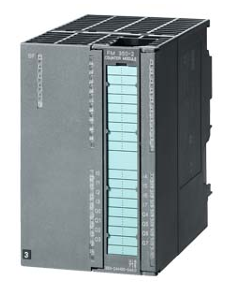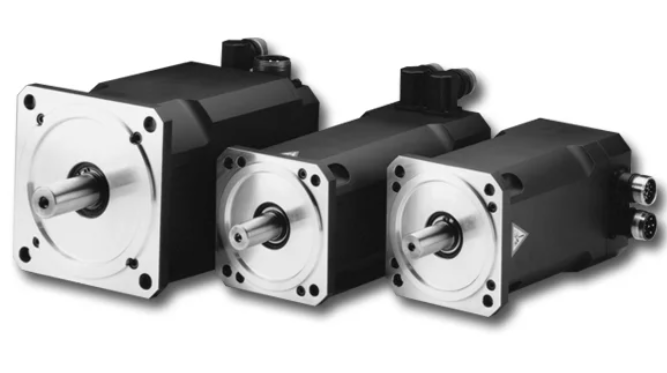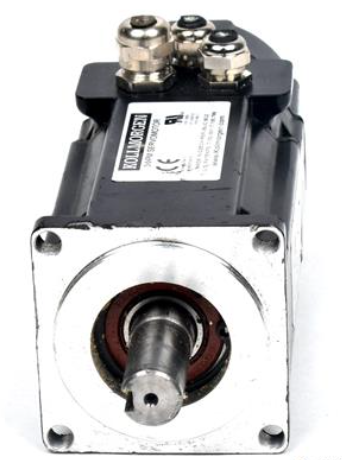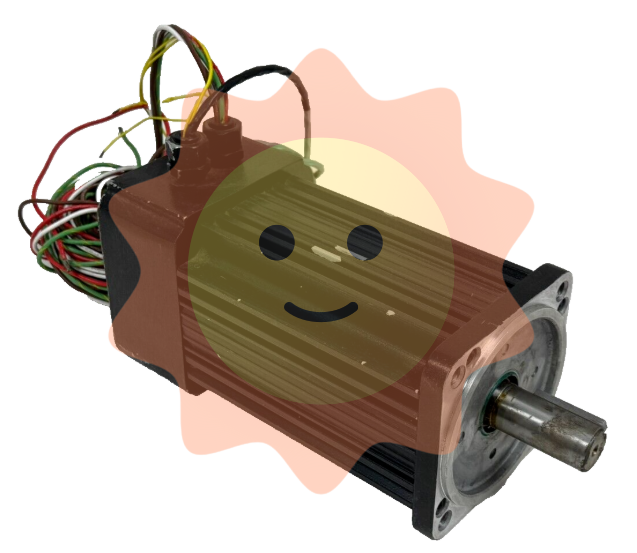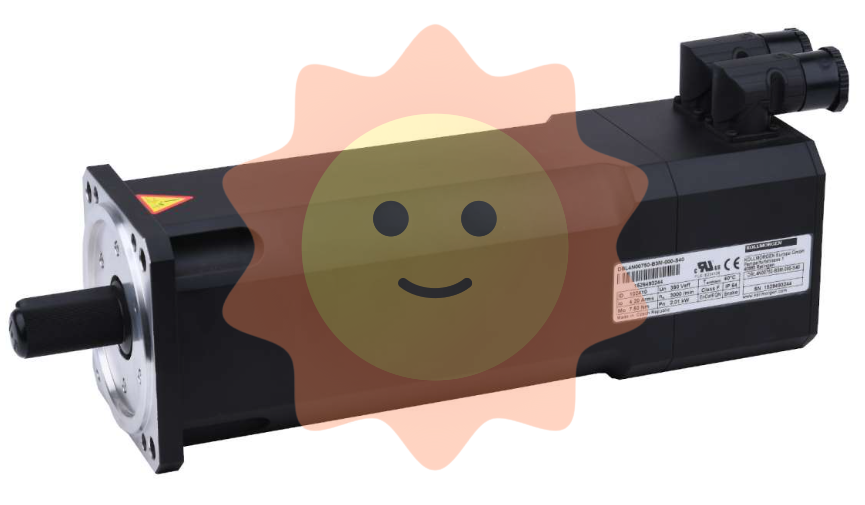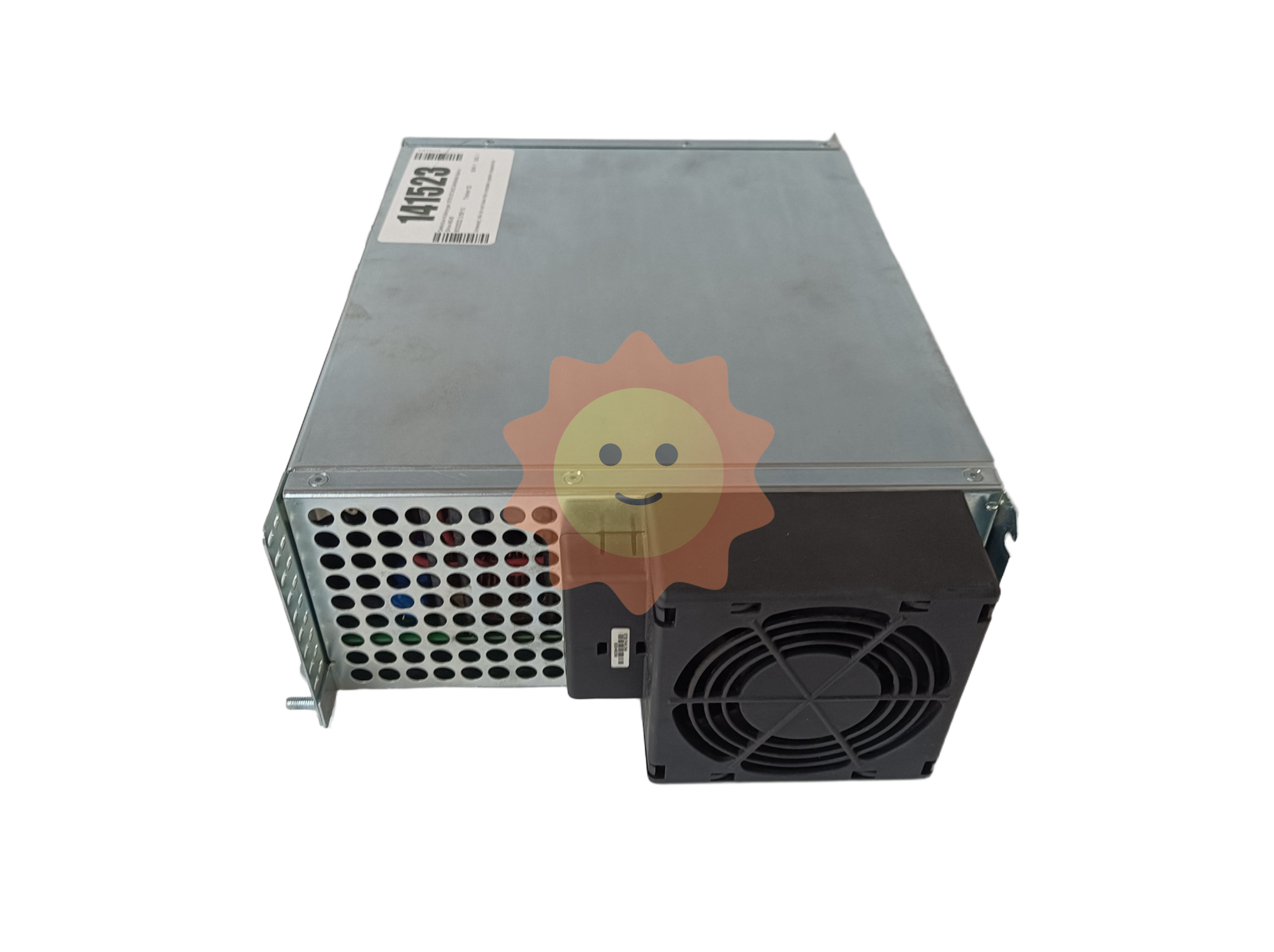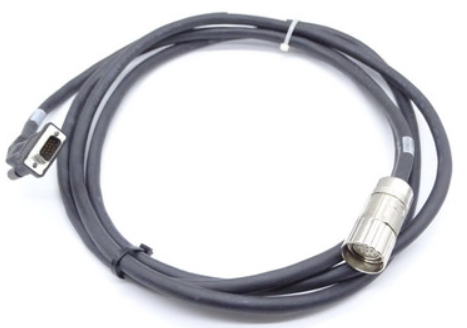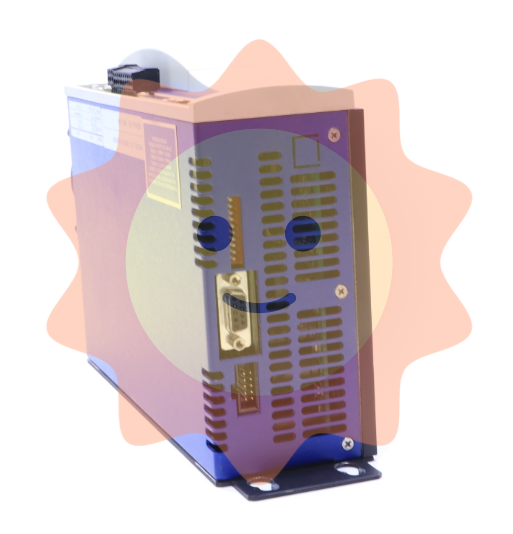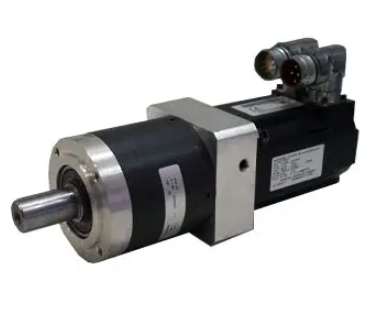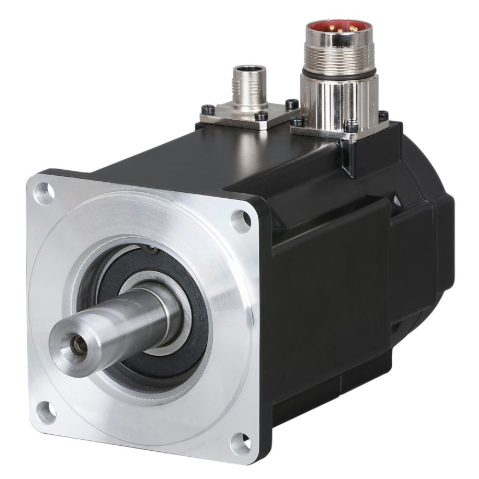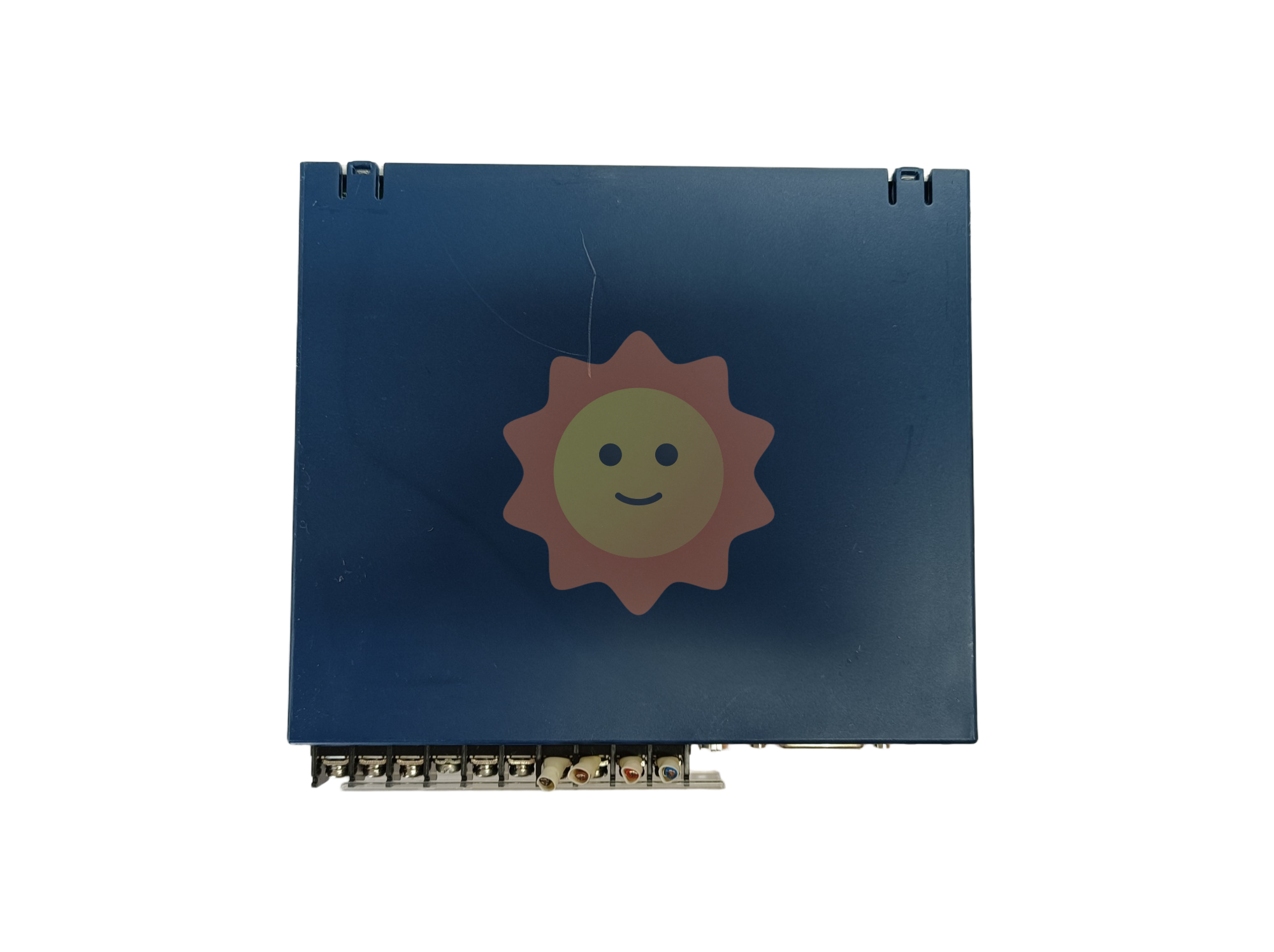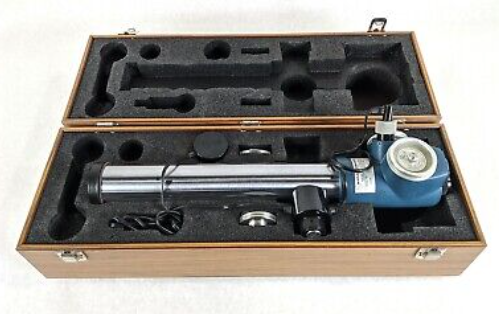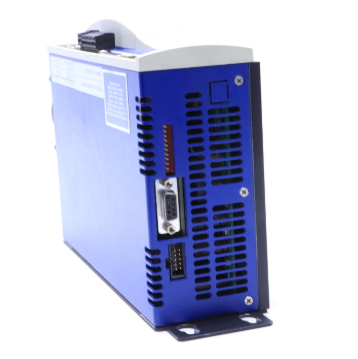Research status and prospect of comprehensive utilization of nuclear energy
3. Research status of nuclear energy utilization
3.1 Efficient Power generation
For the fourth generation of advanced nuclear energy systems with in-reactor operating temperatures above 700 ° C, the relatively mature heat and work conversion systems at this stage mainly include steam turbine systems (based on Rankine cycle) and closed cycle gas turbine systems (based on closed Brayton cycle). According to the different working medium, closed cycle gas turbines can also be divided into helium turbine, nitrogen turbine, supercritical carbon dioxide turbine and mixed working medium turbine, etc. The comparison of efficiency of different thermal conversion systems is shown in Figure 2. As can be seen from the figure, the higher the temperature, the higher the efficiency of the thermal power conversion system. Compared with the traditional steam cycle, the thermal cycle power generation system under high temperature conditions can more fully utilize the high-quality heat of the nuclear energy system above 700℃ to achieve efficient power generation.
Steam turbine system technology has been developed for more than 100 years, the highest maturity, but its system is relatively large and complex, in the process of operation and maintenance needs to constantly supplement the circulating water, so it is not suitable for use in areas where water resources are scarce. At present, the commonly used steam turbines for thermal power generation are all over 300 MW in power class, and most of them use supercritical and ultra-supercritical units with a temperature range of 538℃ -610 ℃, a pressure range of 24-32 Mpa, and an efficiency of about 41% -44% [7]. 700℃ supercritical is the bottleneck of the development of steam turbines at this stage, because the problem of high temperature and high pressure materials is difficult to break through in a short time and the cost is expensive.
The closed cycle gas turbine system is especially suitable for medium and high temperature heat source, thus obtaining high heat and work conversion efficiency, and has the technical advantages of flexible heat source and diversity of working medium. Compared with steam turbines, closed cycle gas turbines have higher power density, thus smaller size and less investment. And because you can use less water, there is a lot of flexibility in site selection. In the middle of the 20th century, closed cycle gas turbines with air as the working medium were widely used in the field of power generation, with high technical maturity. Later, with the rise of the concept of high-temperature nuclear energy, helium turbines received great attention and completed industrial demonstrations in non-nuclear fields [8]. For the fourth generation of advanced nuclear energy systems with an outlet temperature above 700 ° C, the performance comparison of commonly used closed-cycle Brayton gas turbines with working medium is as follows: the thermal efficiency of closed-cycle gas turbines with gas working medium (helium, nitrogen, air or mixed working medium) can be close to 40%, and the efficiency of supercritical carbon dioxide working medium can be close to 50%. However, from the perspective of technology maturity, supercritical carbon dioxide turbine is still in the pilot stage, lacking industrial demonstration and verification, and its high-temperature material problem is also a technical difficulty [9].

3.2 Hydrogen production from nuclear energy
The core of the research of the fourth generation of nuclear reactor hydrogen production is based on the process heat of high temperature reactor. From the perspective of nuclear reactors, the outlet temperatures of molten salt reactor and ultra-high temperature gas cooled reactor all exceed 700℃, and the process heat provided can meet the high temperature hydrogen production process, and the system efficiency is highly correlated with the thermal energy temperature provided by the reactor (Figure 3) [10, 11]. At present, there are two main ways to produce hydrogen from nuclear energy: thermochemical cycle and high temperature electrolysis.
3.2.1 Thermochemical cycle hydrogen production
Thermochemical cycle hydrogen production is a high-temperature thermochemical cycle process by steam pyrolysis to produce hydrogen. In this process, the high temperature heat provided by the reactor is mainly used, and in hundreds of thermochemical cycle routes, there are mainly I-S cycle, Cu-Cl cycle, Ca-Br cycle, U-C cycle and other technical routes that can match the fourth generation reactor. However, the efficiency of I-S cycle hydrogen production is greatly affected by temperature, and the efficiency can exceed 50% above 900 ° C, but with the temperature falling below 800 ° C, the efficiency drops sharply. At the same time, it should be pointed out that the thermochemical cycle is a typical chemical process, and the scale up of the process still has some risks; At the same time, the strong corrosion at high temperatures also puts higher requirements on materials and equipment, and the production plant covers a larger area. Therefore, the main challenge of circulating hydrogen production technology is to optimize the technical route, improve the efficiency of the whole process, and solve the problem of reactor corrosion.
- EMERSON
- Honeywell
- CTI
- Rolls-Royce
- General Electric
- Woodward
- Yaskawa
- xYCOM
- Motorola
- Siemens
- Rockwell
- ABB
- B&R
- HIMA
- Construction site
- electricity
- Automobile market
- PLC
- DCS
- Motor drivers
- VSD
- Implications
- cement
- CO2
- CEM
- methane
- Artificial intelligence
- Titanic
- Solar energy
- Hydrogen fuel cell
- Hydrogen and fuel cells
- Hydrogen and oxygen fuel cells
- tyre
- Chemical fiber
- dynamo
- corpuscle
- Pulp and paper
- printing
- fossil
- FANUC
- Food and beverage
- Life science
- Sewage treatment
- Personal care
- electricity
- boats
- infrastructure
- Automobile industry
- metallurgy
- Nuclear power generation
- Geothermal power generation
- Water and wastewater
- Infrastructure construction
- Mine hazard
- steel
- papermaking
- Natural gas industry
- Infrastructure construction
- Power and energy
- Rubber and plastic
- Renewable energy
- pharmacy
- mining
- Plastic industry
- Schneider
- Kongsberg
- NI
- Wind energy
- International petroleum
- International new energy network
- gas
- WATLOW
- ProSoft
- SEW
- wind
- ADVANCED
- Reliance
- YOKOGAWA
- TRICONEX
- FOXBORO
- METSO
- MAN
- Advantest
- ADVANCED
- ALSTOM
- Control Wave
- AB
- AMAT
- STUDER
- KONGSBERG
- MOTOROLA
- DANAHER MOTION
- Bently
- Galil
- EATON
- MOLEX
- Triconex
- DEIF
- B&W
- ZYGO
- Aerotech
- DANFOSS
- KOLLMORGEN
- Beijer
- Endress+Hauser
- MOOG
- KB
- Moxa
- Rexroth


Email:wang@kongjiangauto.com


